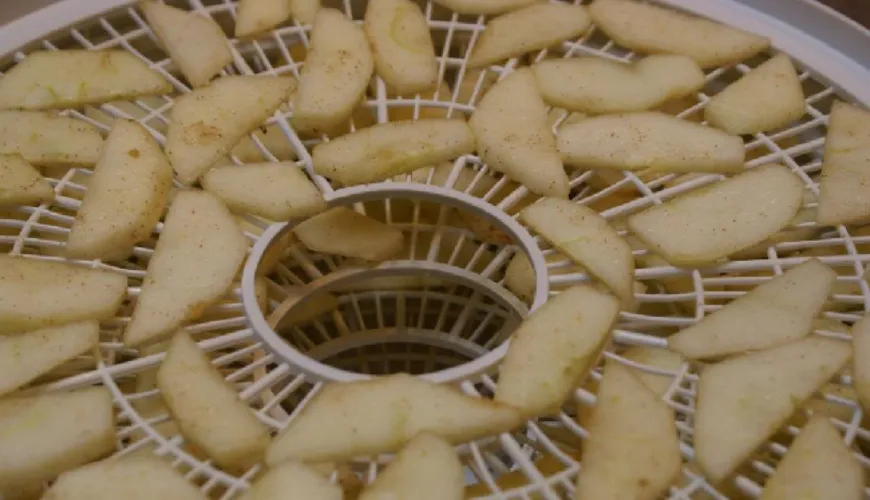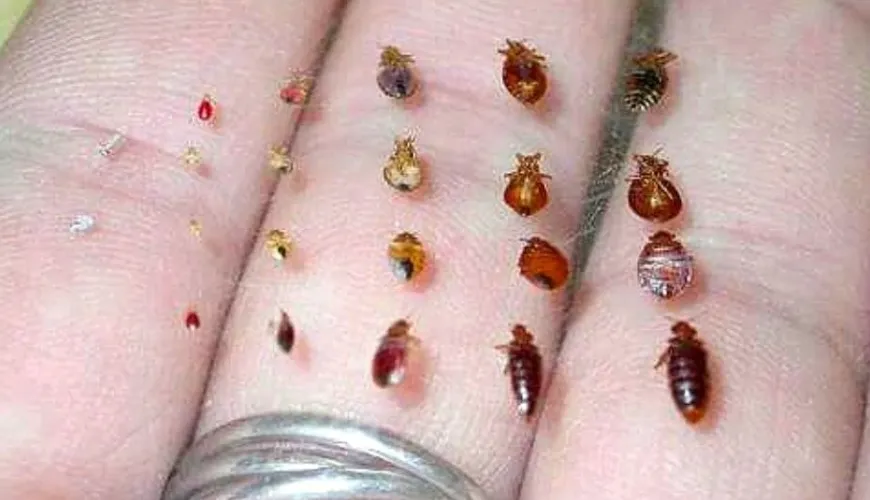
Ways to Remove the Smell of Old Age from Fabrics and Furniture

How to Get Rid of the Smell of Old Age and Why It Occurs
The scent of home is something deeply ingrained in us—it can soothe, evoke memories, or warn us that something is wrong. One of the most distinctive and often unwelcome odors we encounter is the so-called smell of old age. Few people talk about it openly, yet most recognize it immediately. It's a mix of mustiness, dampness, dust, sometimes reminiscent of old furniture, heavy textiles, or long-unventilated spaces. What causes it and how can we effectively eliminate it?
Let's take a closer look at this phenomenon and particularly learn how to remove the smell of an old house, furniture, or clothing gently and sustainably.
Why Do Houses and Things "Age" in Their Aroma?
The smell of old age is not just a cosmetic problem. It results from the natural aging of materials surrounding us. Wood, textiles, leather, paper—all these materials react with moisture, light, and air. Their cellular structure changes, decomposes, and releases volatile organic compounds (VOC) that create a characteristic odor.
Moreover, in less maintained households, you might smell a combination of mold, dust, pet hair, and even residues of chemicals from old cleaning products or tobacco smoke. Older people often prefer stronger scents—like lavender or musk—which settle in interiors over time and can contribute to the resulting aroma.
You can imagine a scenario where someone inherits an apartment from their grandmother. Even though the property is in good condition, a heavy, musty air immediately emanates upon opening the door. Even after removing furniture and general cleaning, a peculiar scent lingers. That's exactly when deeper cleaning and understanding what we're actually removing comes into play.
Where Does the Odor Linger and What Can Be Done?
The smell of old age doesn't just hide in the air. It often clings to textiles—curtains, carpets, upholstery, or old clothing. Porous materials like wood or paper absorb it like a sponge and gradually release it back. Therefore, simply "airing out" is not enough. Removing the smell of an old house is a process that requires patience and thoroughness.
Let's start with the air. Regular ventilation is insufficient if sources aren't addressed. Activated charcoal can help absorb odors, or natural absorbent materials like baking soda. For larger space contamination, it's advisable to use air purification with a diffuser and essential oils—such as lemon, eucalyptus, or mint for freshness and antibacterial effect.
For textiles, gentle but thorough cleaning is recommended. Old curtains, throws, or pillows can be washed with the addition of baking soda or vinegar, which neutralize the odor. For carpets or upholstery, sprinkling dry soda, letting it sit for several hours (preferably overnight), and then thoroughly vacuuming helps.
Old furniture is a separate chapter. Wood absorbs and releases odors over time. If the furniture is in good condition but smells unpleasant, a combination of a weak vinegar solution (diluted 1:1 with water) to wipe the surface and subsequent drying in the sun helps. Inside drawers, you can place bags with activated charcoal or dried herbs—lavender, thyme, or rosemary.
Natural Remedies vs. Chemicals – What Does Sustainability Say?
The market offers numerous products promising immediate odor removal, but most only mask the smell with strong fragrances. Moreover, they may contain substances harmful to health. A sustainable approach to the household seeks solutions that are gentle not only on the environment but also on our health.
That's why eco-friendly cleaning products based on vinegar, alcohol, or citrus extracts are gaining popularity. Many are designed to break down odor molecules, not just mask them. Fermented cleaning agents like EM (effective microorganisms) also help restore the natural microflora of the environment and reduce the risk of odor returning.
In addition to cleaning, it's recommended to support air circulation in the space—by ventilation, using fans, or with the help of plants. Some houseplants, like snake plant or spider plant, have the ability to purify the air of VOC substances.
Removing Odor from Clothing – A Vintage Fashion Problem?
With the growing popularity of sustainable fashion and second-hand clothing, the question often arises: how to remove the smell from old clothing that is otherwise in perfect condition? Clothing from vintage shops or inherited pieces carry not only style but also the scent of the past—often a mix of laundry detergent, perfume, sweat, and closet.
Here, soaking in water with vinegar or baking soda, or drying in fresh air helps. For some materials (wool, silk), caution is necessary—it's always good to verify what the fabric can withstand. If the clothing still slightly smells, you can try natural fresheners in spray form based on alcohol and essential oils that truly neutralize the odor.
An example might be a beloved wool coat from the 60s, purchased from an online vintage shop. The coat is beautiful, but when worn, it continually releases an odor that cannot be masked with perfume. After several weeks of airing on the balcony, careful steam treatment, and using an eco-friendly spray with rosemary and citrus, the coat finally regains not only its beauty but also a pleasant scent.
Small Steps, Big Difference
Removing the smell of old age is not a one-time affair. It requires a comprehensive approach—a combination of cleaning, prevention, and conscious material selection. It's important to approach things with respect and thought. Not all old things need to end up in the landfill just because they smell of the past. Many can be brought back to life with a little care and the right means.
Ultimately, it's not just about removing odors but creating a space where we feel good. As interior designer Marie Kondo says: "Your home should be a sanctuary, not a storage space." Whether it's an old family home, a beloved coat, or a cherished armchair—every item can come alive again if we give it a chance.
Remember, even the most natural home remedies, like vinegar, soda, activated charcoal, or essential oils, can have a huge impact—not only on the olfactory senses but also on our well-being.

